By Jameel Ismail
The 90’s, the time of my birth, the internet, baggy jeans, backstreet boys and of course, the unforgettable greatness of 90's supercars.
As we usher in a new era of motoring marvels in the form of hybrid and electric supercars and hypercars, I thought this to be a good time to reminisce on the childhood supercar heroes that once adorned my bedroom walls and who paved the way for the major advancements, we see in motoring today.
The boundaries of technology and vehicle development continue to be pushed by manufacturers around the world. Faster and much more efficient vehicles are now being produced by nearly every single motor manufacturer and while that is great for the environment and for saving the human race from extinction, unfortunately, the fuel-guzzling, oil-burning, fire-breathing, ear-splitting, hair-raising v12’s, v10’s and even v8’s will only live on for the few, lucky enough to be an owner of one of these last of a kind vehicles.
For the rest of us though, we will have to resort to Youtube videos, old Top Gear episodes and of course, articles like these.
So, before I get into my list, what makes a good supercar? The first and most obvious factor must be performance. Superb performance is a hallmark of a good supercar. It should have impressive acceleration, a high-top speed, excellent handling (in some cases), and precise steering.
Secondly, the design of the vehicle. A supercar should be visually striking, aerodynamic, have sleek lines and aggressive styling. The use of exotic materials is always a bonus. Think race car- but for the streets!
Next, the engine sound. The engine note of a supercar is an important aspect of its appeal and overall experience of driving it. To me, this has got to be one of the most important aspects of a supercar, that cherry on top, that makes driving a supercar a full-on indulgence of your senses.
Attention to detail, build quality, brand heritage and exclusivity are all also important aspects that I say, add to the desirability of a supercar.
With these criteria in mind, I bring to you, my list of the 10 best Supercars of the 90’s:
10 - The Dodge Viper SR 1
(Google Images)
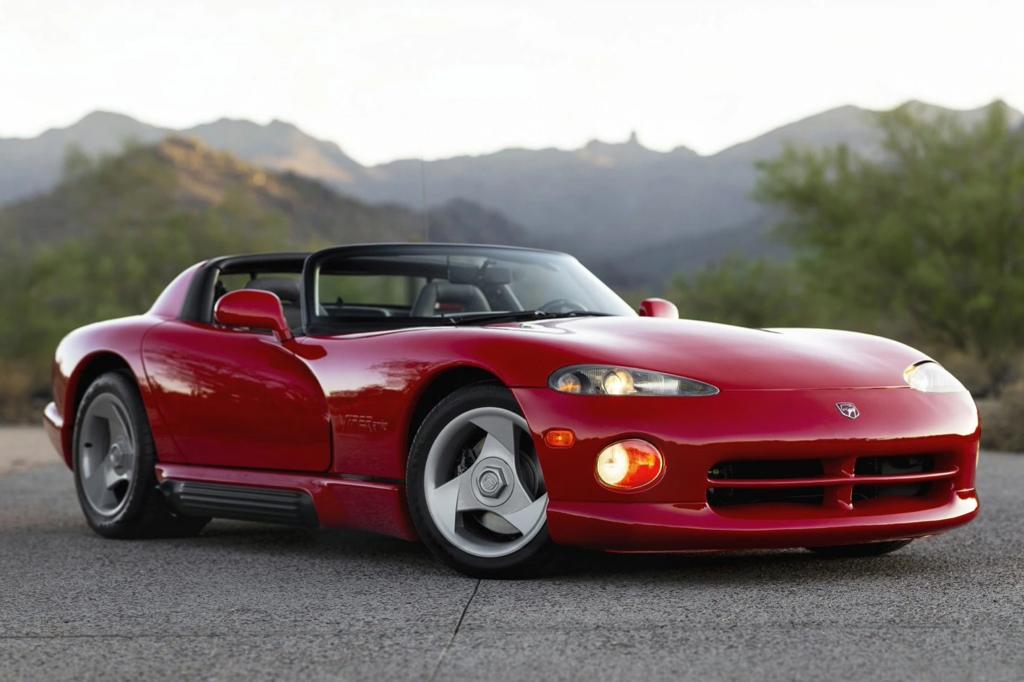
Made famous by the television show “Viper’, and its roaring v10. The vehicle was notoriously hard to drive because of its absolutely insane levels of power and zero driver aids.
Fun fact: At the time of its inception, Chrysler owned Lamborghini and was tasked with designing the Viper's first engine.
Years: 1992-1995
Engine: 8.0L V10
Power: 298 kW
Top speed: 266 Km/h
9 - Honda NSX
(Google Images)

Japan’s answer to tackling the best of European offerings from Ferrari, Porsche, Maserati and Lamborghini. The NSX benefited from advanced aerodynamics and styling inspired by an F-16 fighter jet cockpit and input from the late Formula One World Champion Ayrton Senna, during the final development stages. The NSX became the world's first mass-produced car to feature an all-aluminium body.
Fun fact: NS-X stands for "New", Sportscar eXperimental"... exciting I know!
Years: 1990
Engine: 3.0L V6 VTEC
Power: 186 kW
Top Speed: 270Km/h
8 - Jaguar XJ220
(Google Images)
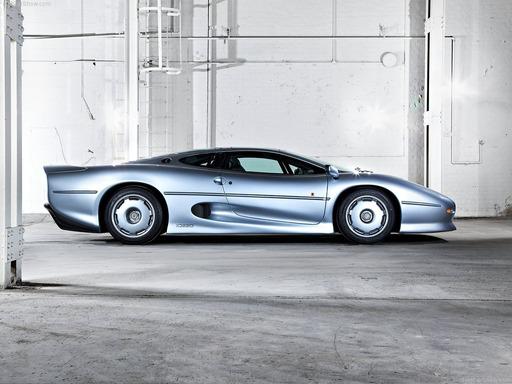
Many younger readers may not even know this vehicle exists. Produced in extremely limited numbers, the XJ220 was simply the right car at the wrong time. Birthed during the global recession, many people were not interested in purchasing one of the most expensive at the time.
Fun fact: the XJ220 was the fastest production car from 1992 to 1993. According to Jaguar, an XJ220 prototype managed a Nürburgring lap time of 7:46.36 in 1991, which was faster than any production car lap time before it.
Years: 1992-1994
Engine: 3.5L V6 Twin Turbo
Power: 405 kW
Top Speed: 341.7 Km/h
7 - Corvette C4, ZR1
(Google Images)
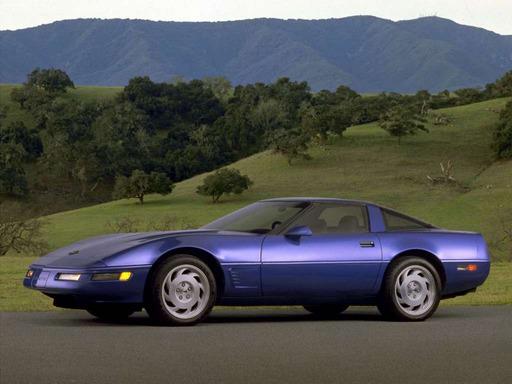
Characterised by its thrilled driving experience, the Corvette ZR-1 is a rear-drive sports car powered by a 5.7-litre, port-fuel-injected V-8 engine with an aluminium block. The engine was designed by GM's Group Lotus Division and was further developed by GM.
Fun fact: The ZR-1 is fitted with Goodyear Eagle Gatorback tyres, that have the specially made size of P315/ 35ZR-17 for the ZR1.
Years: 1990-1995
Engine: 5.7L V8
Power: 246 kW
Top Speed: 288km/h
6 - Mercedes Benz CLK GTR
(Google Images)
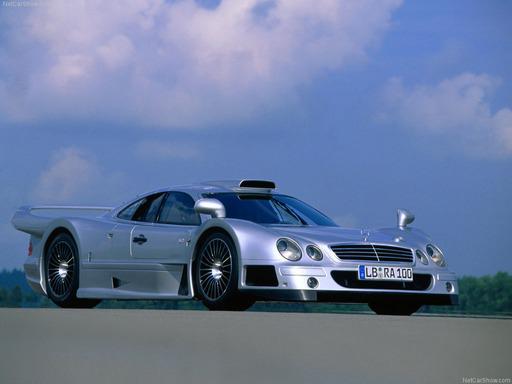
Mercedes and AMG, pulled off nothing short of a miracle to conceive and produce a racing car ready for the then-new FIA GT Championship in just 128 days.
Fun Fact: The original designs were hand-drawn, then honed through CAD, and finally as 1:5 scale 3D clay models.
Years: 1997
Engine: 6.8L V12
Power: 464 KW
Top Speed:320km/h
5 - Ruf CTR2
(Google Images)
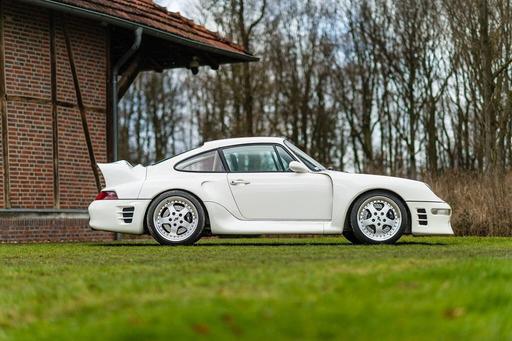
Ruf came into the public eye in 1987 when they released their Porsche 911 Carrera 3.2-based CTR, an extremely limited-production model, which for several years held the title of the world's fastest production vehicle.
Fun Fact: The Ruf came equipped as standard with a six-speed manual gearbox, that drove the rear-wheels through a limited-slip differential.
Years: 1995
Engine: 3.6 Flat 6 - Twin turbo
Power: 433 kW
Top Speed: 354 Km/h
4 - Bugatti EB110 Super Sport
(Google Images)
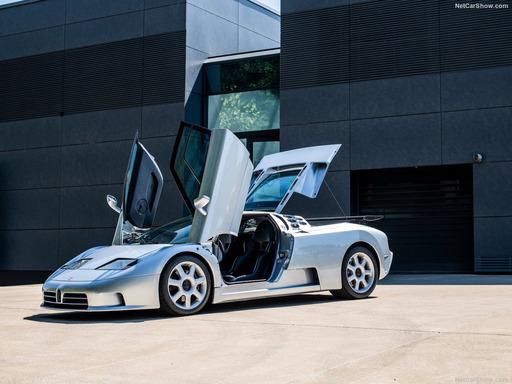
A lighter and more powerful variant, with 450 kW (612 PS; 603 hp) called the EB 110 Super Sport was introduced at the 1992 Geneva Motor Show, just six months after the introduction of the EB 110 GT. The Super Sport variant was lighter than the GT by 150 kg (330 lb), which was achieved using carbon-fibre body panels on the exterior and in the interior.
Fun Fact: In 1994, Formula One driver Michael Schumacher purchased a yellow EB 110 Super Sport, giving the company a great deal of publicity. Soon after, the car that Schumacher bought gained further publicity when he accidentally crashed his EB110 into a truck and blamed "inadequate brakes" for the crash.
Years: 1991-1995
Engine: 3.5L V12
Power: 450kw
Top Speed: 342 Km/h
3 - Ferrari F50
(Google Images)
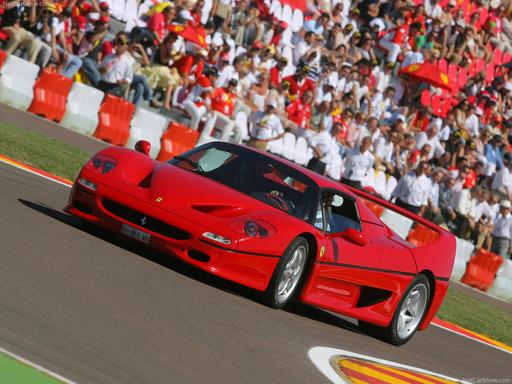
Created to celebrate Ferrari's 50th anniversary, this was the closest thing to a road-going Formula 1 car the company had ever built. Given its uncompromising, purist approach to high performance, the F50 was devoid of power steering, power-assisted braking and ABS, but made extensive use of sophisticated composite materials, F1-style construction technology and aerodynamics.
Fun Fact: A total of 349 cars were made, with the last car rolling off the production line in July 1997.
Years: 1995-1997
Engine: 4.7l V12
Power: 382kw
Top Speed: 312 km/h
2 - Lamborghini Diablo GT
(Google Images)
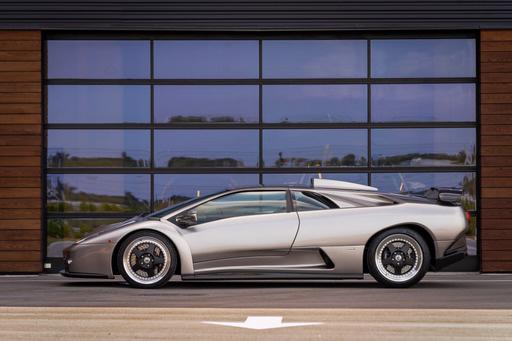
In 1999, Lamborghini fans got a pleasant surprise when the Diablo GT was revealed at the Geneva Motor Show. It combined the modifications of the GT2 race car with the outrageousness of the Diablo, to offer serious road racing performance. So much so, it remains the fastest road-going Diablo ever made by the factory. At the time of delivery in September 1999, the Diablo GT was one of the fastest supercars as well, reaching a top speed of 346 kp/h.
Fun fact: Many of Lamborghini’s vehicles were named after bulls. The Diablo was not among them. “Diablo” means “devil” in Spanish.
Years: 1998-1999
Engine: 6.0 Liter V12
Power: 423kw
Top Speed: 346
And, drum roll....
1 - McLaren F1 LM
(Google Images)
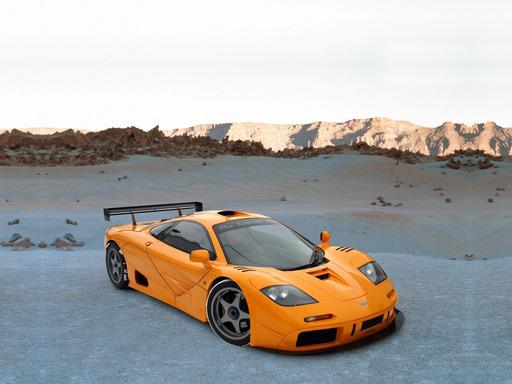
Launched in 1992, the McLaren F1 would go on to revolutionize the supercar industry, with many of its characteristics still referenced in the production of today’s exotic vehicles. It paved the way for the increasingly mainstream use of materials such as carbon fibre, kevlar and titanium in sports cars and was the first production car to use a monocoque chassis. The McLaren F1 LM was much more than just another cosmetic recreation of a race car though. The LM is lighter and more powerful than the GTR race car, because there were not any racing restrictions in place.
Fun Fact: F1s regularly fetch well over 15 million dollars at auction, with an LM-spec version going for 19.8 million dollars, the most ever, for a publicly auctioned F1 back in 2019!
Years: 1995
Engine: 6.1 Liter V12
Power: 500kW
Top Speed: 362km/h
So, there you have it, my list of the greatest supercars of the 90s. Feel I've left any out? Follow me on @what.james.drives on IG and let me know!